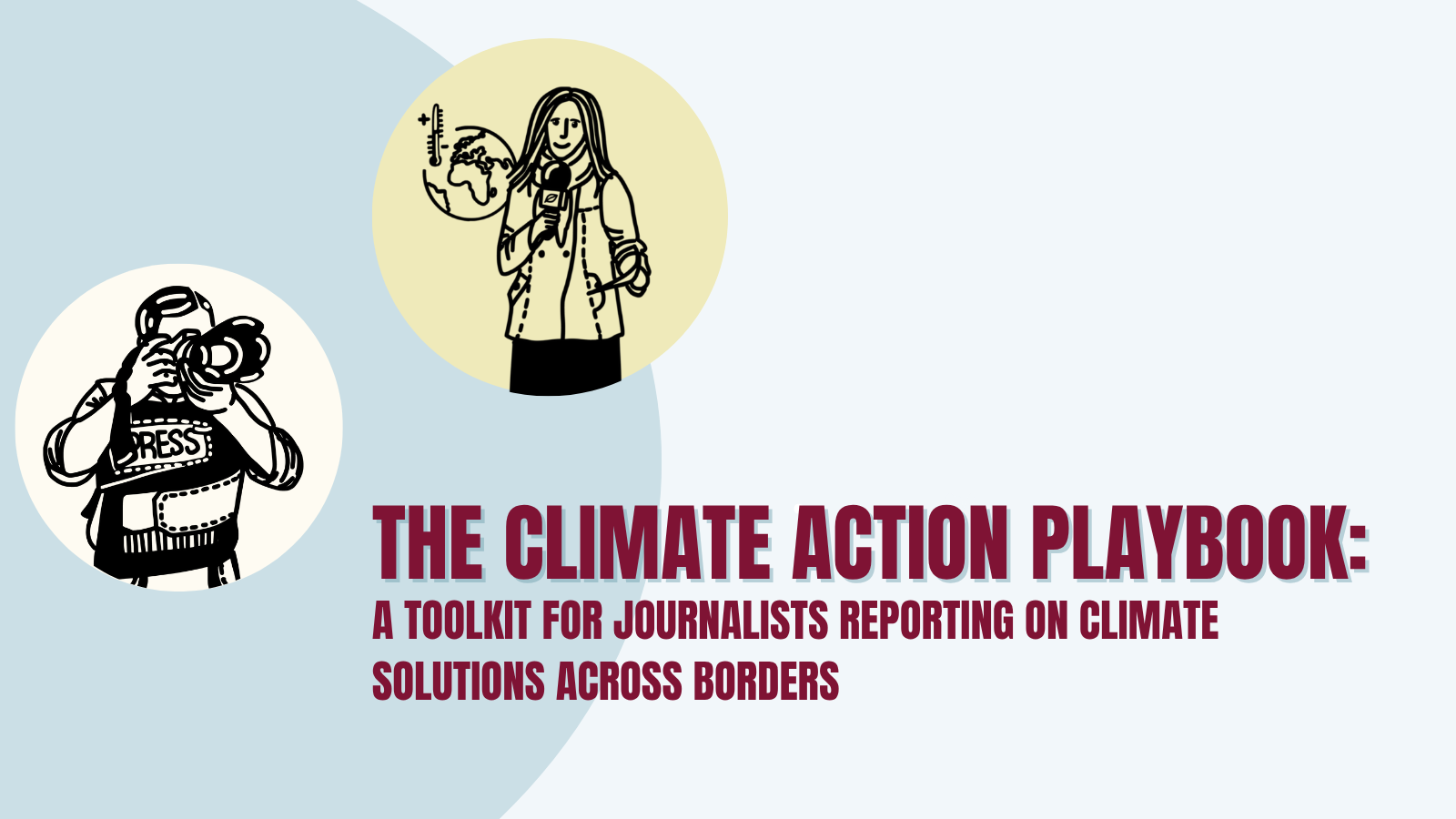
Are you a journalist ready to take your climate reporting to the next level?
The SoJo Europe Program is proud to launch a powerful set of resources designed to support cross-border, solutions-focused, and investigative journalism across Europe. Whether you’re just starting out or looking to sharpen your reporting, this toolkit is your go-to guide for impactful climate storytelling.
What’s Inside?
🧰 The Climate Action Playbook
Your step-by-step guide to reporting on climate solutions with clarity, depth, and relevance.
🌍 The Solutions Approach to Cross-Border Climate Stories
Learn how to collaborate across countries and tackle shared climate challenges with a solutions lens.
🎯 Pitching Climate Solutions Journalism Stories
Craft compelling, fundable story pitches that editors can’t ignore.
📊 Using Data in Climate Solutions Stories
Turn numbers into narratives with tips for finding and using climate data effectively.
These resources are designed to make climate journalism more innovative, collaborative, and connected to what audiences care about most—solutions that work.
